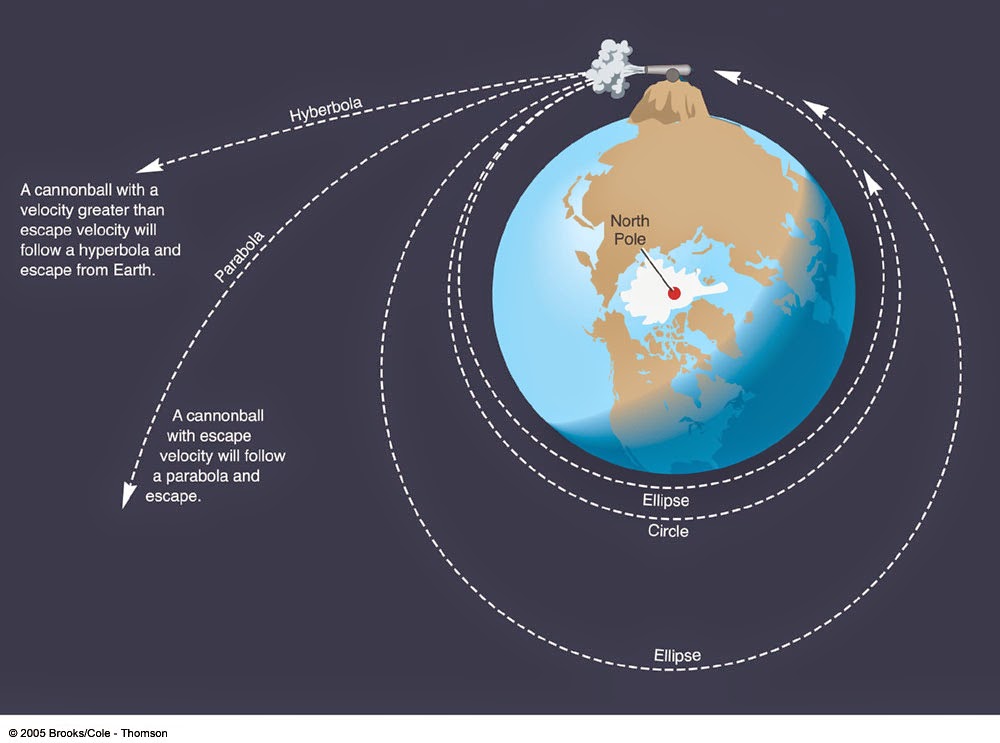In the beginning of there were huge explosion for one point subjectivity into an object called universe. As so stated by Stephen Hawking, this universe is nothing but billions and billions of stars occupying space-time planar. This was elaborated through the work of Johannes Kepler (1571-1630) His work was rather fancy by solving the problem of orbit of Mars. His work was nonetheless a twenty years of high fornications of the cosmos.
Newton was first to study Gravity in his rather famous calculation on the law:
Where F is the gravitational force, G is the gravitational constant, both m is the mass of the observed objects, r is the length of half diameter of the objects.
The law was an example of a general class of forces that is termed the central. It is a force in which the lines of action are either emanating from or terminating on a single point. The magnitude followed of the force in the case of Gravitation is independent of any morph direction, nonetheless isotropic.
Newton also concluded that gravitational force acting on any object thus be proportional to its mass. This conclusion is called the second law of motion. Galileo found out that the rate of fall of all object is independent to its weight and composition. Thus the concept of mass rebuked.
In this immaculate of of Gravitation, there should be imposed the law of planetary motions according to Kepler in which by analytical mechanics to be the ideal model of planetary motions on its orbits,
Law I (Ellipses):
The orbit of each planet is an ellipse with Sun located in its foci
Law II (Equal Areas):
A line drawn between Sun and planets sweeps out equally in equal times as the planet orbit's Sun
Law III (Harmonic):
The square of the sidereal period of a planet is directly proportional to the cube of the semimajor axis of the planet's orbit which is the time taken to complete a revolution about Sun to the relatives.
In August 1684, while in his visitation to Cambridge, Halley stopped to see Newton and asked him the shape of the planet's orbit if they were subject to an inverse-square attractive force by the sun. Newton replied without hesitating, "Ellipse."
At any time possible, Newton had furiously attacked the problems again and within months sent Halley a paper in which he correctly derived all of the Kepler's laws from an inverse-square law of gravitation and principia mechanica. Thus the principle was born.

